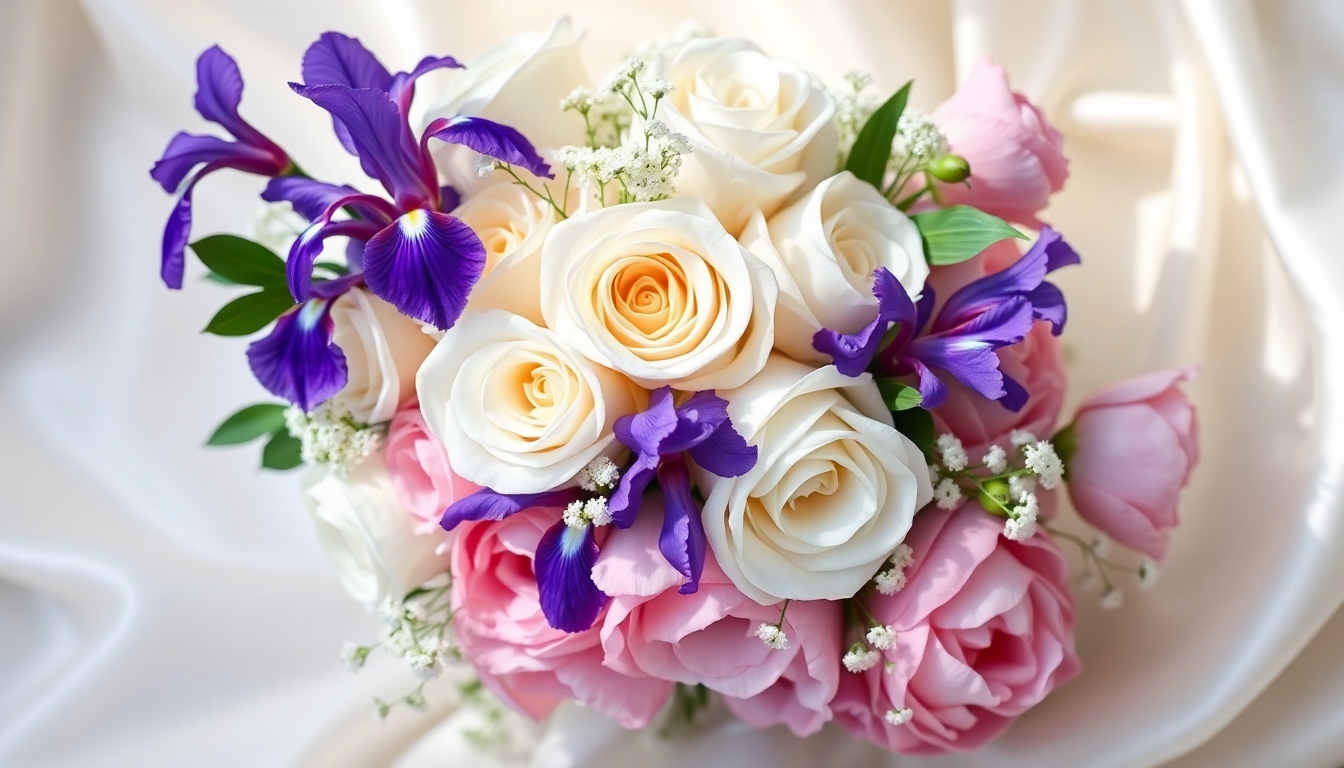Flowers have been a cornerstone of wedding celebrations for centuries. Their beauty and fragrance enhance the atmosphere, but their symbolic meanings can add depth to your special day.
Understanding the language of flowers allows couples to infuse personal significance into their wedding decor. This ancient practice, known as floriography, gained popularity in the Victorian era.
By incorporating flowers with specific meanings, you can subtly convey emotions and wishes for your marriage. This guide will explore how to use floral symbolism to create meaningful and stunning wedding arrangements.
A Brief History of Floriography
Floriography, or the language of flowers, has roots in ancient civilizations. Cultures worldwide have long attributed meanings to various blooms.
The practice gained widespread popularity in Victorian England. During this era, strict social codes limited open expression of feelings. Flowers became a discreet way to communicate emotions.
Books detailing flower meanings were published, allowing people to craft intricate messages through bouquets. This tradition has endured, influencing modern floral design and wedding customs.
Popular Wedding Flowers and Their Meanings
When selecting flowers for your wedding, consider these popular options and their symbolic significance:
- Roses: Love, passion (red), innocence (white), joy (pink)
- Peonies: Happy marriage, prosperity
- Lilies: Purity, refined beauty
- Orchids: Love, luxury, beauty
- Hydrangeas: Gratitude, harmony
Incorporate these blooms into bouquets, centerpieces, or ceremony decor to add layers of meaning to your floral arrangements.
Creating Meaningful Bouquets
Design your bridal bouquet with intention by combining flowers that represent your relationship and aspirations. Consider these ideas:
- Include your partner’s favorite flower as a symbol of your love
- Incorporate blooms that represent shared values or experiences
- Add flowers that symbolize qualities you admire in each other
- Choose blooms that represent your cultural heritage
Don’t forget to share the meanings with your photographer to capture close-ups that highlight these special details.
Symbolic Centerpieces and Table Decor
Extend floral symbolism to your reception tables with thoughtfully designed centerpieces. Try these approaches:
- Create themed arrangements based on relationship milestones
- Use flowers that represent different aspects of love for each table
- Incorporate blooms that symbolize your hopes for the future
Consider adding small cards explaining the flower meanings to engage guests in the symbolism of your decor.
Ceremony Flowers with Significance
Enhance your ceremony space with flowers that carry special meanings:
- Arch or Chuppah: Use flowers symbolizing unity and growth
- Aisle Decor: Choose blooms representing the journey of love
- Altar Arrangements: Include flowers signifying commitment and devotion
Work with your florist to create arrangements that not only look beautiful but also tell your love story through floral symbolism.
Incorporating Seasonal Symbolism
Consider the season of your wedding when selecting flowers with symbolic meaning:
- Spring: Choose flowers representing new beginnings and growth, such as daffodils or tulips
- Summer: Opt for vibrant blooms symbolizing passion and joy, like sunflowers or dahlias
- Fall: Select flowers representing abundance and harvest, such as chrysanthemums or marigolds
- Winter: Incorporate evergreens and holly to symbolize endurance and eternal love
Seasonal choices not only align with your wedding’s timing but also add another layer of meaning to your floral decor.
Personalizing Floral Symbolism
While traditional flower meanings provide a starting point, don’t be afraid to create your own symbolism:
- Choose flowers that remind you of significant moments in your relationship
- Incorporate blooms from your childhood gardens or family traditions
- Select flowers based on their appearance in your favorite books or movies
- Use flowers that represent shared hobbies or interests
By infusing personal significance into your floral choices, you create a unique and meaningful wedding aesthetic.
Communicating with Your Florist
To ensure your vision for symbolic floral decor comes to life:
- Share your ideas and desired meanings with your florist early in the planning process
- Provide images or examples of arrangements that inspire you
- Discuss alternatives if certain flowers are unavailable or out of season
- Ask about ways to subtly incorporate symbolic elements without overwhelming the design
A skilled florist can help balance aesthetics with symbolism to create stunning and meaningful arrangements.
Preserving the Symbolism
Extend the significance of your wedding flowers beyond the day itself:
- Press or dry flowers from your bouquet to create keepsakes
- Use symbolic blooms in your first anniversary celebration
- Plant seeds or bulbs from your wedding flowers in your garden
- Incorporate pressed flowers into thank-you cards or wedding albums
These practices allow you to carry the symbolism and memories of your wedding flowers into your married life.
Conclusion
Incorporating floral symbolism into your wedding decor adds depth and personal meaning to your celebration. By thoughtfully selecting flowers based on their traditional or personal significance, you create a rich tapestry of meaning that enhances the beauty of your special day. From the bridal bouquet to the reception centerpieces, each bloom can tell a part of your love story, making your wedding flowers not just decorative elements, but meaningful symbols of your relationship and future together.
